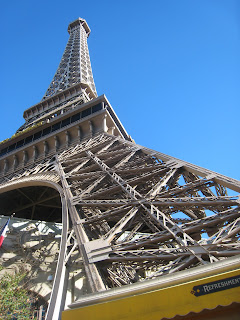When something is reproduced for so many times is that art?
What's the importance of the mechanical reproducibility of the art?
What was the impact on mechanical reproducibility on the society?
Centuries ago, Greeks were able to create copies of coins by method of stamping, later a method called lithography was created which allowed prints to be made using a stone or metal plate then that was replaced by photography. We have advanced so far in technology that it has lifted the craft of photography to new heights of artistic achievement, especially in this day in age. I believe that when art is reproduced several times, it is still considered art even though Walter Benjamin says that art is devalued when it is mechanically reproduced. It is important for art to be reproduced so it can reach many more people world wide.
Is photography art, or contribution to the art?
Is it just a tool used by artists?
Photography is most definitely a form of art. Photographers have their own techniques in lighting and positioning the subject, the exposure, developing the film and the overall statement the photographer hopes to pass on to the viewer. Some photographers also take the next step in manipulating the picture.
 How and why Henry Peach Robinson created Fading Away?
What was the reason?
This is one of Henry Peach Robinson's most famous works. A composition of five negatives, in which he depicts a girl dying and people by her side. This work brought on a lot of controversy, some did not believe that this was an event worth being photographed at that time.
Photography has impacted the world of art and influenced some changes in the area of accessibility to art. If mechanical reproduction created revolution, what is happening now with the digitalization?
Art has changed a great deal over past centuries, and it is very exciting to see where it will go next. As of right now, we are able to take photos, view them instantaneously and develope them in our homes where before only wealthy people could afford to own a camera. The transition from film to digital alone was a major step ahead and as technology continues to move at an alarming rate, we will see more advances which will make photography more accessible to anyone.
How and why Henry Peach Robinson created Fading Away?
What was the reason?
This is one of Henry Peach Robinson's most famous works. A composition of five negatives, in which he depicts a girl dying and people by her side. This work brought on a lot of controversy, some did not believe that this was an event worth being photographed at that time.
Photography has impacted the world of art and influenced some changes in the area of accessibility to art. If mechanical reproduction created revolution, what is happening now with the digitalization?
Art has changed a great deal over past centuries, and it is very exciting to see where it will go next. As of right now, we are able to take photos, view them instantaneously and develope them in our homes where before only wealthy people could afford to own a camera. The transition from film to digital alone was a major step ahead and as technology continues to move at an alarming rate, we will see more advances which will make photography more accessible to anyone.

























 The last two pictures are of two separate trips to Varadero and Punta Cana. I felt that since both of them were taken on tropical islands, I wanted to keep that magnificence of the tropics in both pictures when I manipulated them. I boosted the colours to be more vibrant then used HDR (high dynamic range imaging) to show a greater difference between the lightest and darkest areas which enhanced the photo even more.
The last two pictures are of two separate trips to Varadero and Punta Cana. I felt that since both of them were taken on tropical islands, I wanted to keep that magnificence of the tropics in both pictures when I manipulated them. I boosted the colours to be more vibrant then used HDR (high dynamic range imaging) to show a greater difference between the lightest and darkest areas which enhanced the photo even more. 
















